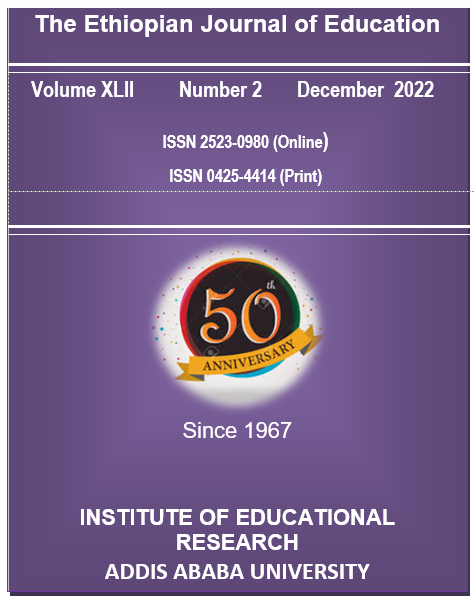School Principals Leadership Practices in Secondary Schools of Somali Region, Ethiopia
DOI:
https://doi.org/10.20372/eje.v42i2.6838Keywords:
School leadership, Instructional leadership, Transformational school leadership, Distributed school leadership.Abstract
The purpose of this study was to assess and describe patterns of principals’ school leadership practices and contextual factors affecting them. A cross-sectional research design was used in which data were generated through a questionnaire administered to a sample of 337 teachers, 5 school principals, and 12 parent-teacher association members by using multi-stage sampling. The data were analyzed using mean, standard deviation, and independent-sample t-test. The finding suggests that the school leadership practices; the three dimensions and 10 leadership functions were low. This pattern also was observed irrespective of the level, location, and size of the school. It was concluded that there was no sufficient evidence to support the claim that there was a difference between school principals of secondary and preparatory school principals; from the schools of pastoralist and agro-pastoralist areas; and from small, medium, and large size schools in their engagement of school leadership practices and behaviors. The magnitude of the difference in their means was also very small. To improve school leadership practices, school principals should be aware and trained on generally accepted school leadership practices and should create and develop expectations, and rewards that force students to master basic skills, earn good grades, the complete school successfully, and go on to higher education.
